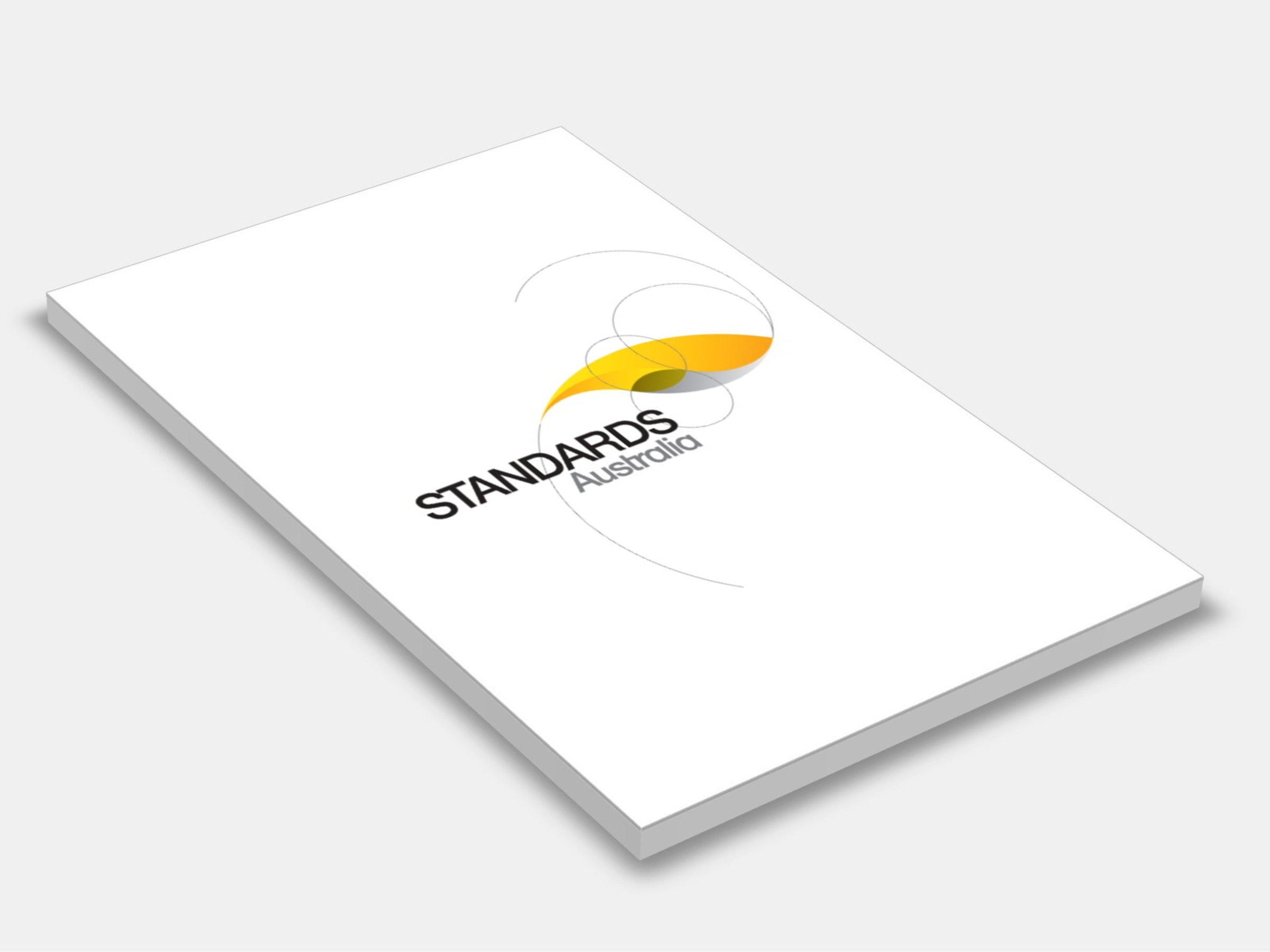
Type
Publisher
Standards Australia/Standards New Zealand
Publisher
Standards Australia/Standards New Zealand
Version:
Fifth Edition 2025.
(Current)
Short Description
This document specifies requirements for the design and installation of sanitary plumbing and drainage from fixtures to a sewer, common effluent system or an on-site wastewater management system. It applies to new installations as well as alterations, additions or repairs to existing installations. It does not apply to the pre-treatment of trade wastes.
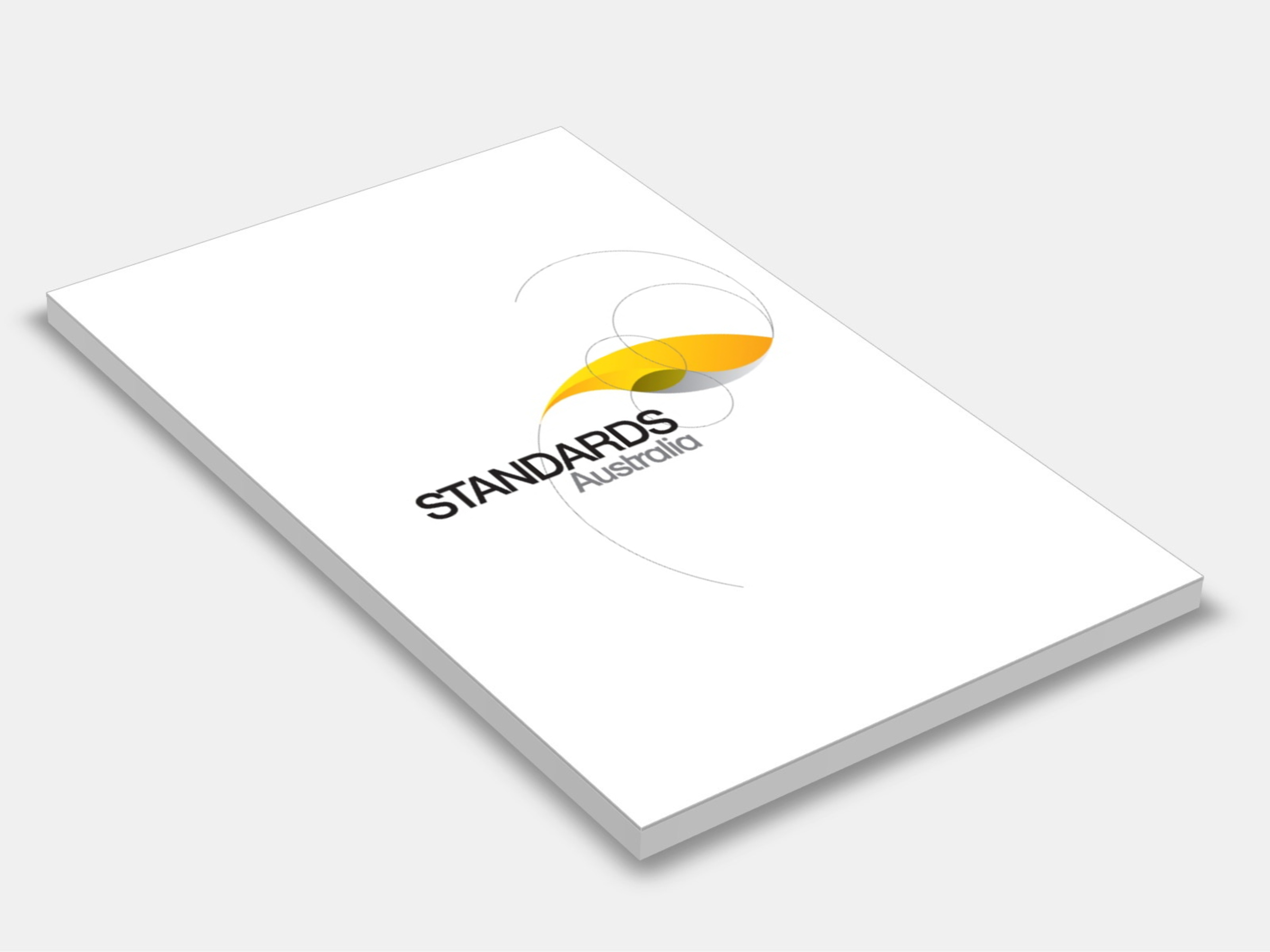
Type
Publisher
Standards Australia
Publisher
Standards Australia
Version:
Third Edition 2010.
(Current)
Short Description
This is a Supplement to AS 1684.2-2010 and AS 1684.2:2021; Residential timber-framed construction - Part 2: Non-cyclonic areas. This Supplement lists the 45 Supplements for wind classifications N1/N2, N3, and N4. Each Supplements should be read in conjunction with the Standard.
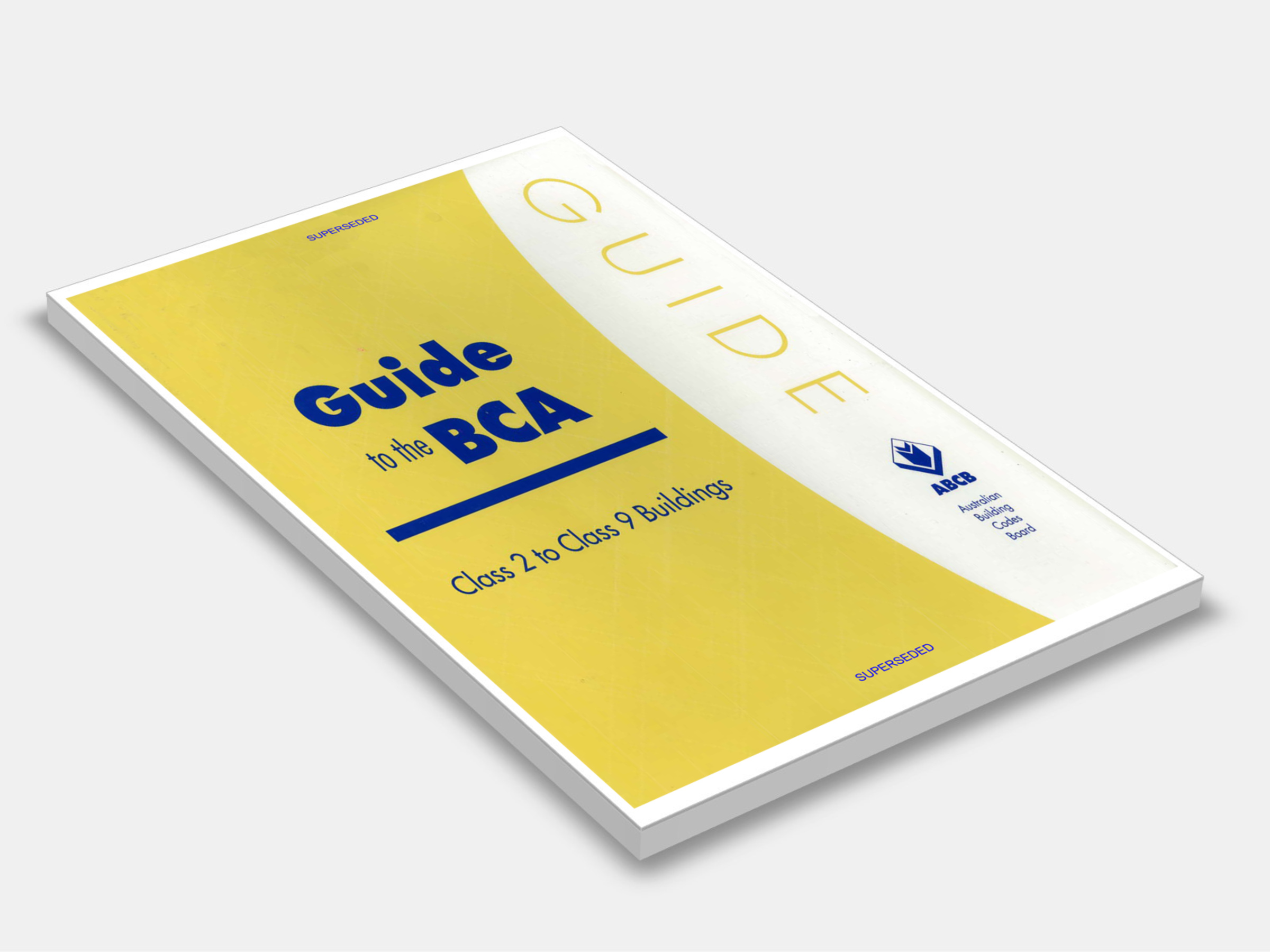
Type
Publisher
Australian Building Codes Board
Publisher
Australian Building Codes Board
Version:
1996.
(Superseded)
Short Description
The Guide to the Building Code of Australia (the Guide) is a companion manual to the Building Code of Australia (BCA). It is intended as a reference book for people seeking clarification, illustrations, or examples, of what are sometimes complex BCA provisions.
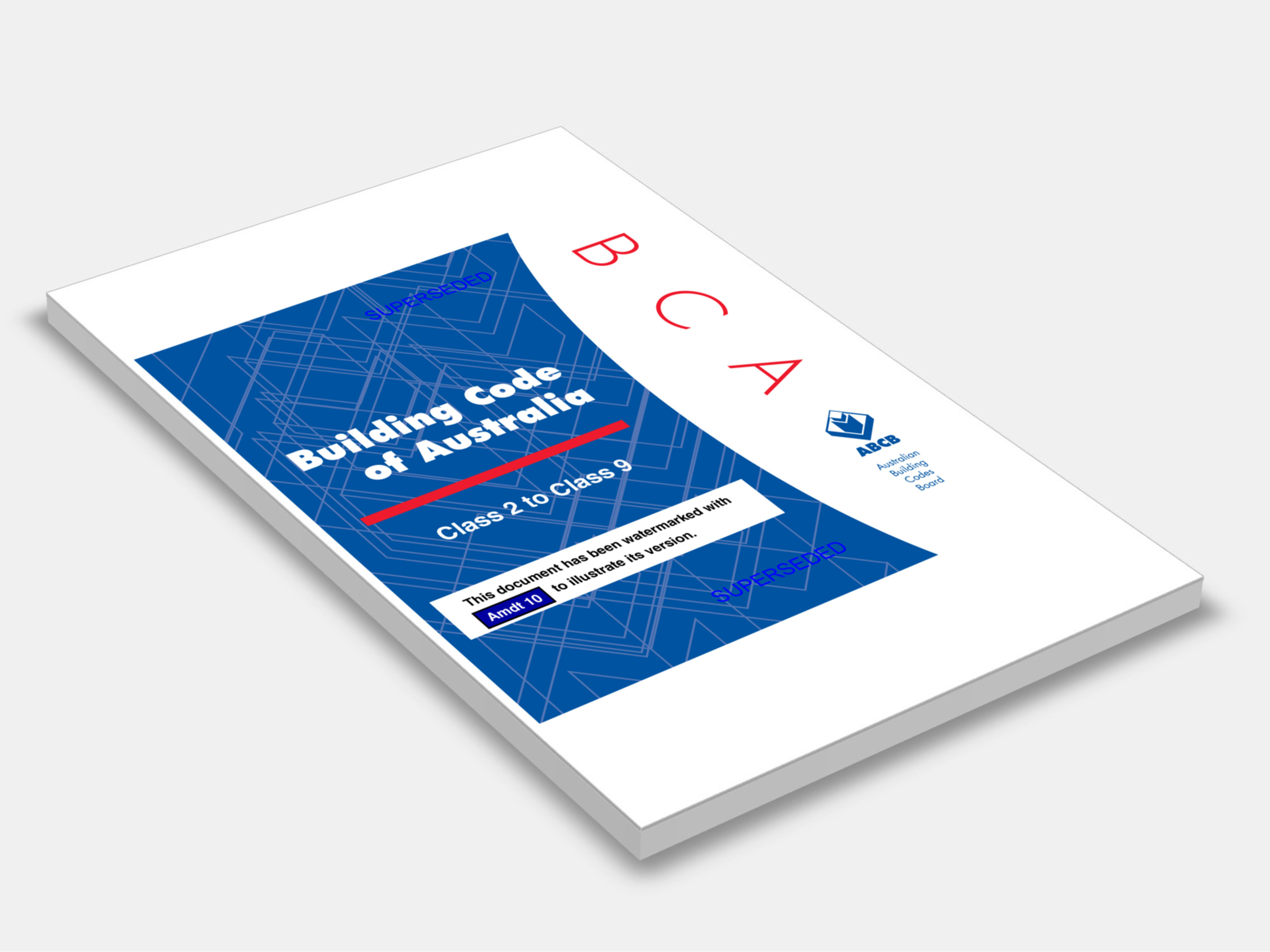
Type
Publisher
Australian Building Codes Board
Publisher
Australian Building Codes Board
Version:
1996.
(Superseded)
Short Description
The BCA is a uniform set of technical provisions for the design and construction of buildings and other structures throughout Australia whilst allowing for variations in climate and geological or geographic conditions.
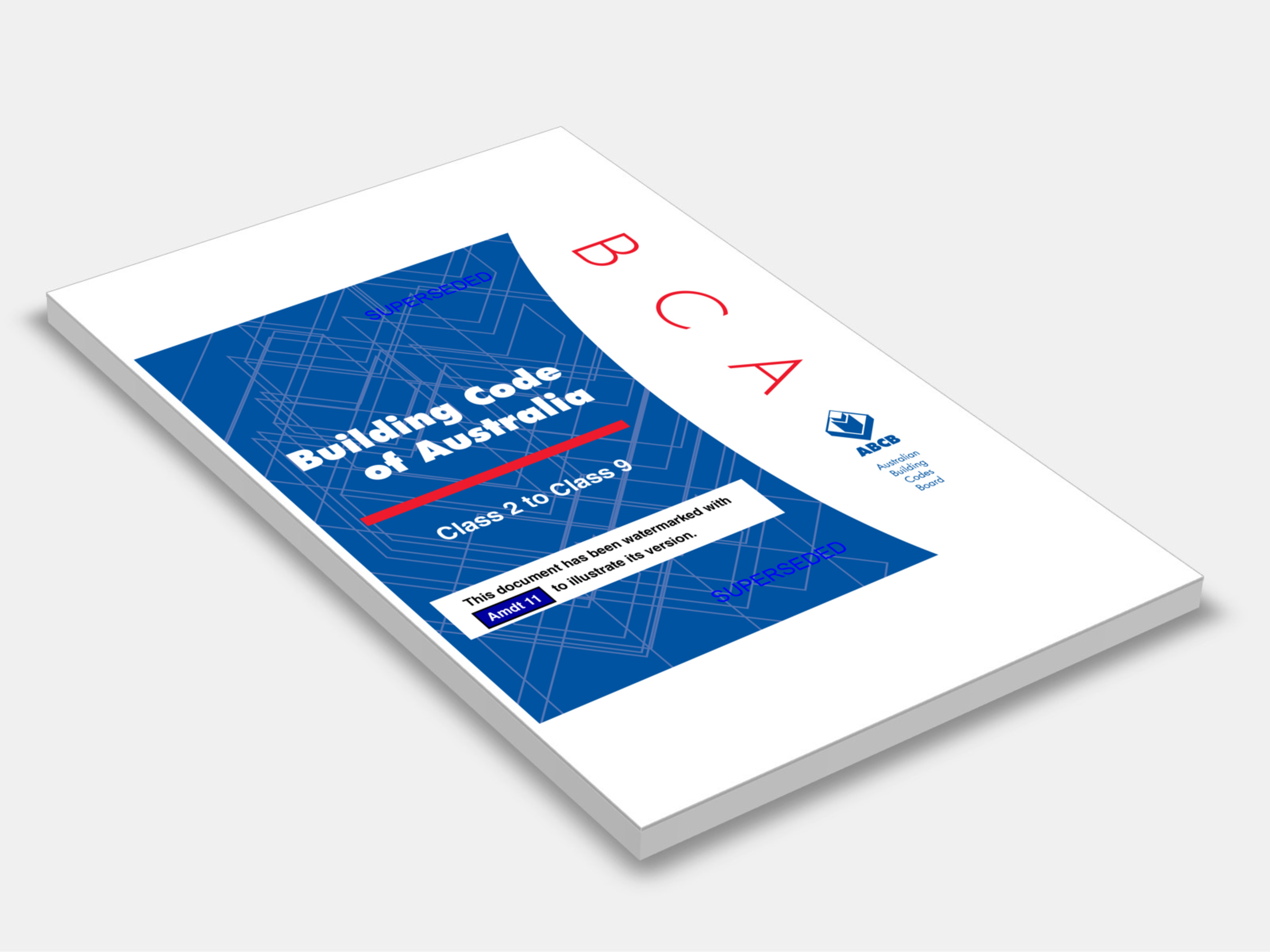
Type
Publisher
Australian Building Codes Board
Publisher
Australian Building Codes Board
Version:
1996.
(Superseded)
Short Description
The BCA is a uniform set of technical provisions for the design and construction of buildings and other structures throughout Australia whilst allowing for variations in climate and geological or geographic conditions.
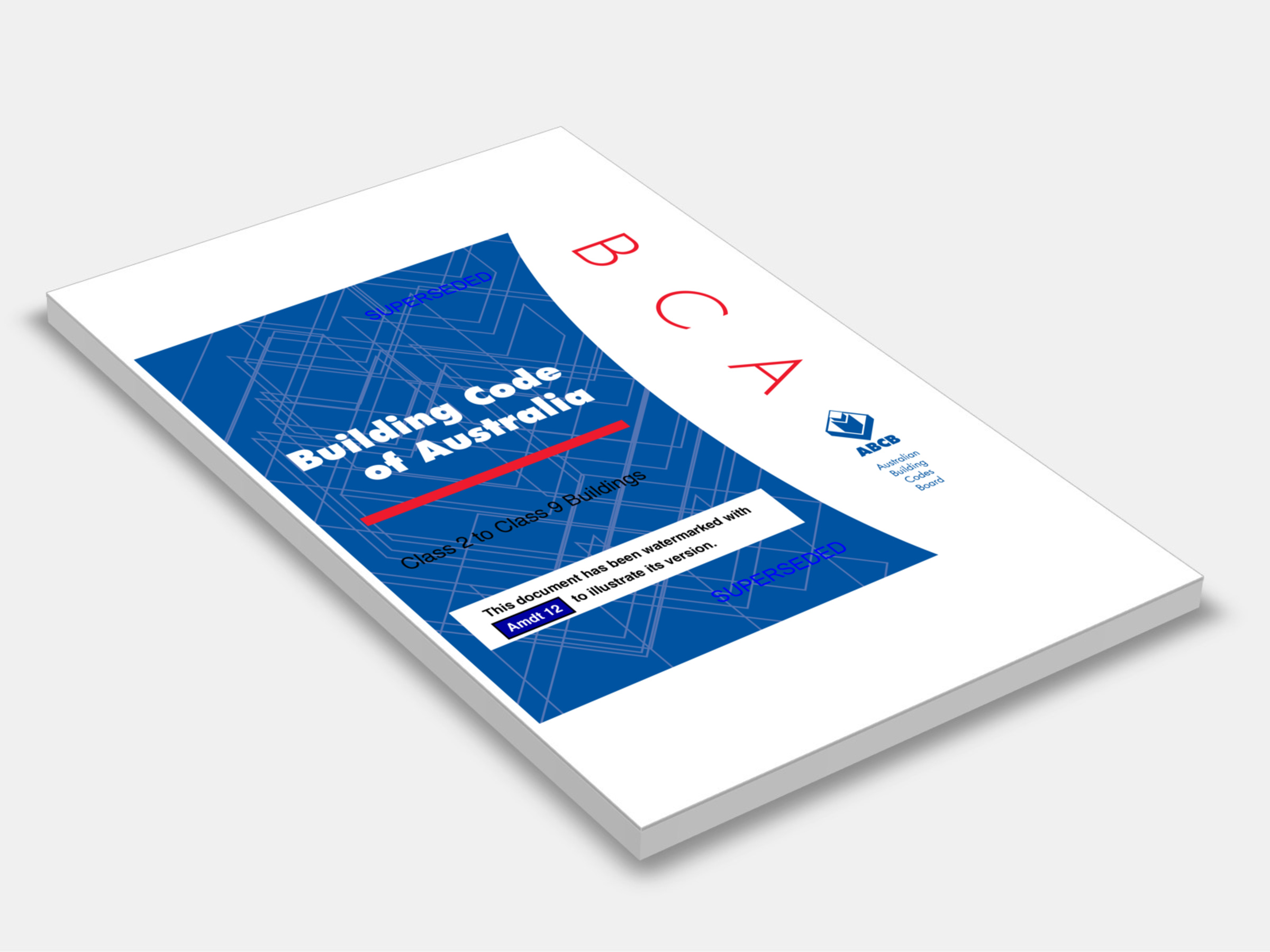
Type
Publisher
Australian Building Codes Board
Publisher
Australian Building Codes Board
Version:
1996.
(Superseded)
Short Description
The BCA is a uniform set of technical provisions for the design and construction of buildings and other structures throughout Australia whilst allowing for variations in climate and geological or geographic conditions.
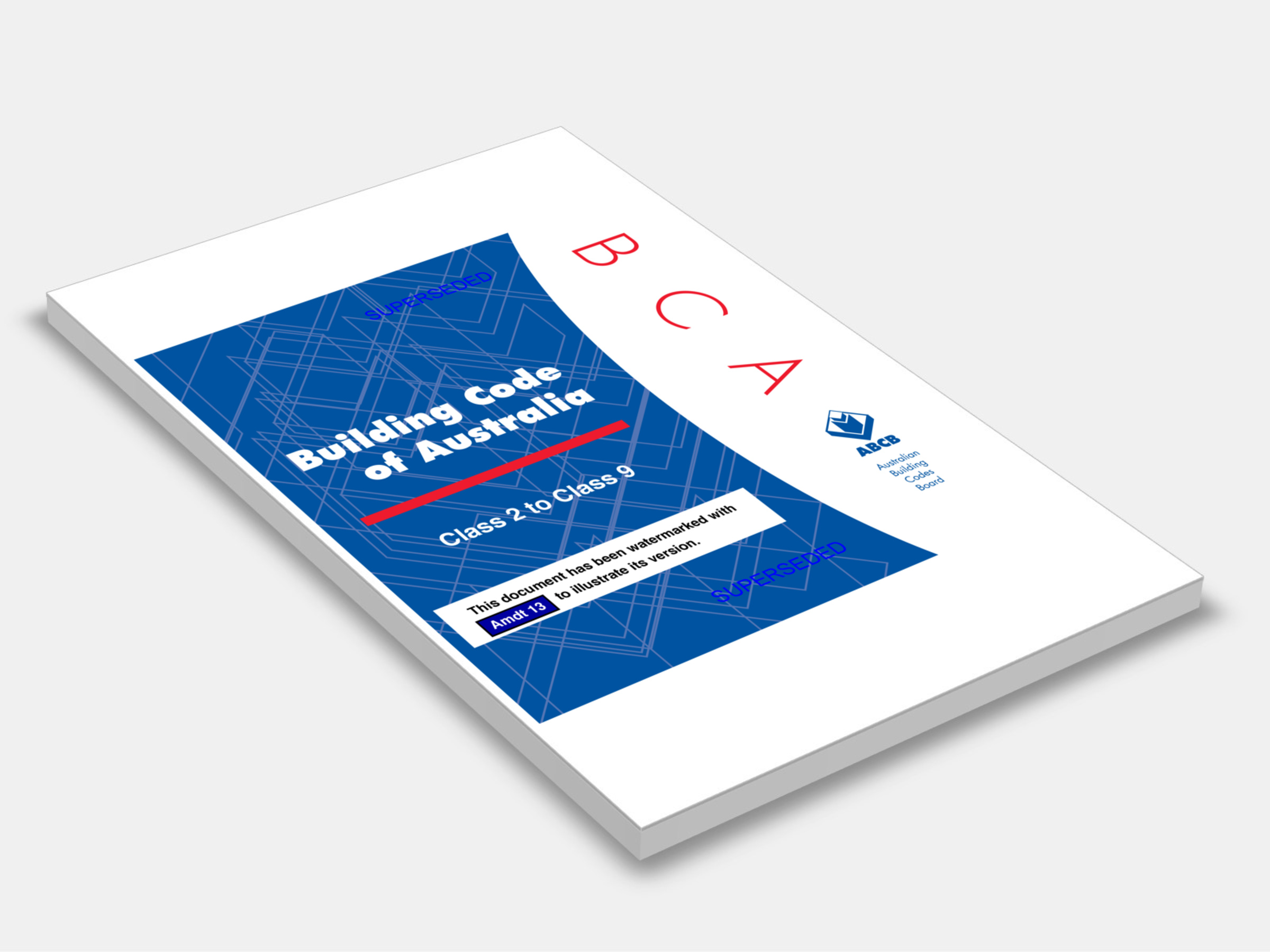
Type
Publisher
Australian Building Codes Board
Publisher
Australian Building Codes Board
Version:
1996.
(Superseded)
Short Description
The BCA is a uniform set of technical provisions for the design and construction of buildings and other structures throughout Australia whilst allowing for variations in climate and geological or geographic conditions.

Type
Publisher
Standards Australia
Publisher
Standards Australia
Version:
Third Edition 2010.
(Current)
Short Description
This is a Supplement to AS 1684.3-2010 and AS 1684.3:2021; Residential timber-framed construction - Part 3: Cyclonic areas. The Supplement lists the 45 Supplements for wind classifications C1, C2, and C3. Each Supplements should be read in conjunction with the Standard.
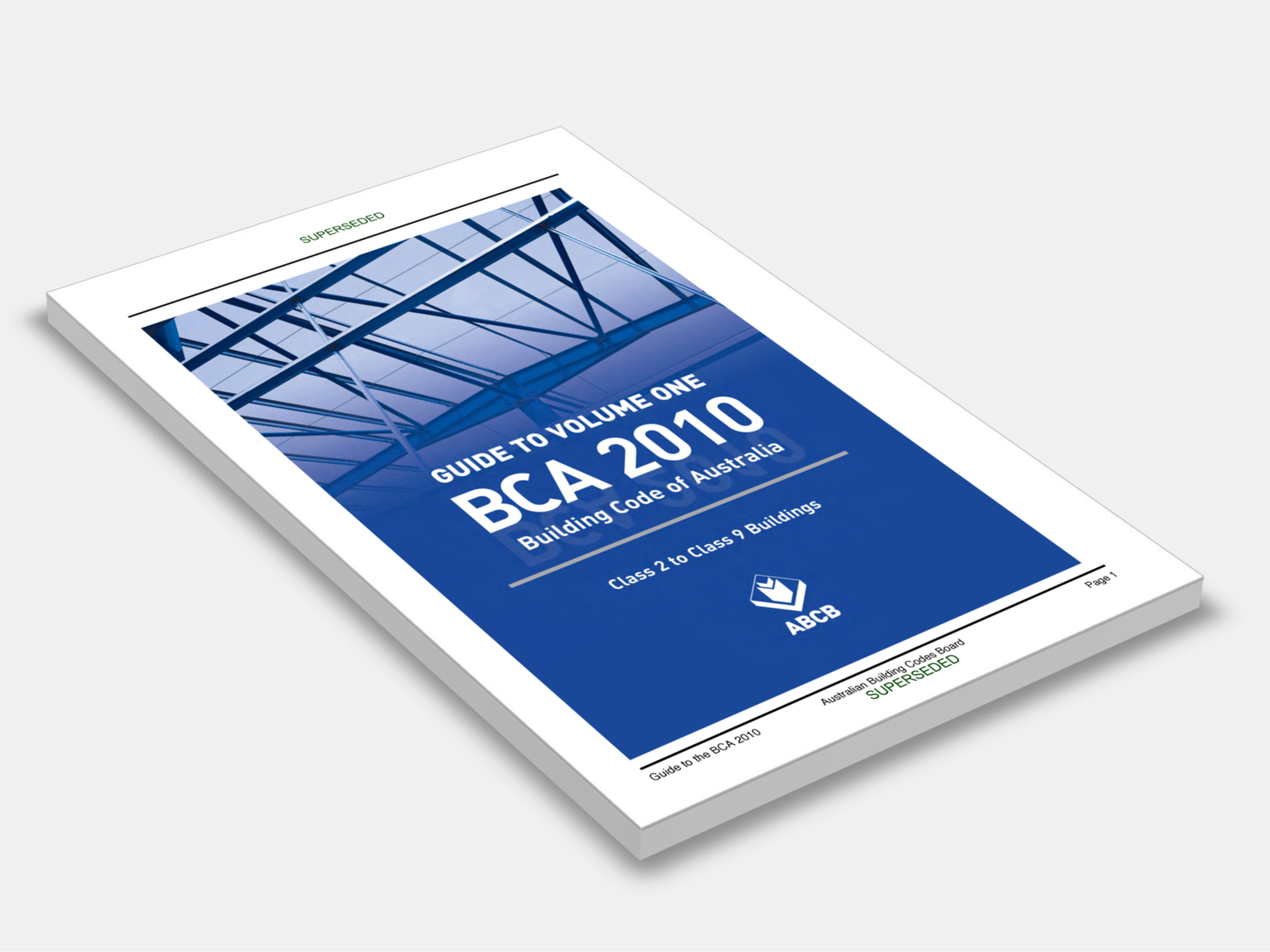
Type
Publisher
Australian Building Codes Board
Publisher
Australian Building Codes Board
Version:
2010.
(Superseded)
Short Description
The Guide to the Building Code of Australia (the Guide) is a companion manual to the Building Code of Australia (BCA); it is intended as a reference book for people seeking clarification, illustrations, or examples, of what are sometimes complex BCA provisions.

Type
Name
Name
Publisher
Australian Building Codes Board
Publisher
Australian Building Codes Board
Version:
2010.
(Superseded)
Short Description
The BCA is a uniform set of technical provisions for the design and construction of buildings and other structures throughout Australia whilst allowing for variations in climate and geological or geographic conditions.